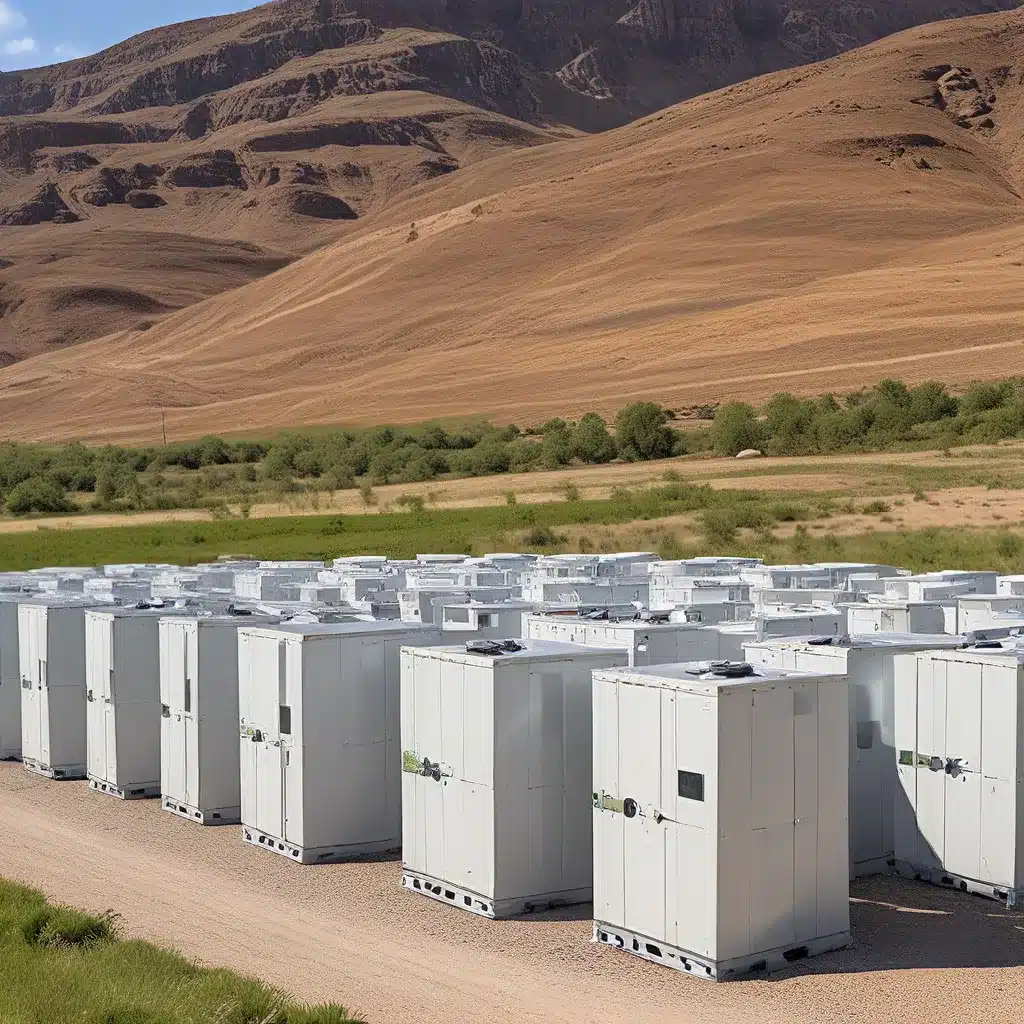
Powering the Clean Energy Transition
Ah, the energy transition – it’s like a dance, you know? One step forward, two steps back, but somehow, we keep moving in the right direction. As someone who’s been in the renewable energy game for a while, I’ve seen the highs and lows, the triumphs and the challenges. But let me tell you, the future is looking bright (pun intended).
The reality of climate change is undeniable. Over the past fifty years, extreme weather events have resulted in over two million deaths and $43 trillion in economic losses, according to the World Meteorological Organization (WMO). This urgent situation calls for a transition from fossil fuels to renewable and cleaner energy sources, with a critical focus on energy equity. As we move toward a cleaner energy future, understanding the roles and challenges of various stakeholders – from utility companies to local residents – is essential in shaping an energy landscape that is sustainable, equitable, and beneficial for all.
The Driving Forces Behind the Energy Transition
So, what’s powering this clean energy revolution, you ask? Well, let me break it down for you.
-
Growing Societal Consciousness: Consumers are becoming increasingly eco-conscious, driving the demand for sustainable energy solutions. They’re calling for renewable energy technologies and cleaner energy options from utilities.
-
Technological Innovation: Developments in solar panels, wind turbines, battery storage, and smart grids are making renewable energy more viable and appealing. It’s like a renewable energy renaissance, my friends.
-
Shifting Economic Landscape: Renewable energy is becoming more cost-competitive with fossil fuels, and investment patterns are favoring sustainable energy projects for their long-term benefits and lower environmental impact.
-
Policy Incentives: Tax incentives, subsidies, and emissions reduction mandates are key in shaping the energy market and encouraging the adoption of sustainable practices by businesses and consumers.
-
Global Commitments: International agreements like the Paris Agreement play a crucial role in the renewable energy transition, setting emission reduction targets and encouraging nations to embrace sustainable energy practices.
-
Climate Disasters: The escalating impact of climate change, manifested through events like fires and heatwaves, serves as a wake-up call, highlighting the urgent need for sustainable energy practices to mitigate future risks.
Navigating the Challenges of the Energy Transition
But hey, let’s not sugarcoat it – the energy transition isn’t all rainbows and sunshine. There are some challenges that we need to tackle head-on.
-
Efficient Energy Storage and Grid Reliability: Integrating intermittent renewable sources like solar and wind into the existing grid requires advanced energy storage solutions to ensure a stable and consistent energy supply.
-
Significant Investments: The transition to clean energy requires substantial investments in new technologies and infrastructure, and the shifting subsidies and incentives, along with evolving market dynamics, can affect the adoption of renewable energy and the financial strategies of companies and investors.
-
Job Displacements: The shift toward renewable energy risks job displacements in fossil fuel-dependent industries, and reskilling workers for roles in the renewable sector is crucial for a just transition.
-
Policy and Regulatory Frameworks: Outdated regulations and insufficient support for renewable energy can slow the energy transition, requiring strategic navigation to ensure smooth progress in adopting new energy technologies.
-
Balancing the Energy Mix: Incorporating renewables into the existing energy mix poses complex challenges, requiring not just technological upgrades but also adjustments in energy and distribution system management to balance the intermittent nature of renewable sources with energy grid demands.
-
Utility Adaptation: Utilities play a central role in the energy transition, and they face the challenge of balancing affordability and equity while integrating new technologies and shifting their business models toward sustainability.
Collaborative Efforts for a Sustainable Future
The energy transition is a collaborative effort involving multiple stakeholders, and collaboration is crucial for its success. Joint ventures, public-private partnerships, and community engagement are essential for pooling resources and expertise.
Utilities, governments, policymakers, private companies, and civil society all have a role to play in shaping the future of energy. It’s a complex dance, but when we all move in sync, the results can be truly transformative.
The Future of Energy: Opportunities and Challenges
So, what does the future of energy hold? Well, my friends, it’s a mixed bag of opportunities and challenges.
On the opportunity side, we can expect renewable energy sources like solar, wind, and hydro to dominate the global energy mix in the coming years, driven by their decreasing costs, improved efficiency, and global commitments to reduce carbon emissions.
Key innovations like reciprocating engines and long-duration energy storage are poised to reshape energy generation, storage, and distribution, helping to integrate renewable sources into the existing grid.
However, we can’t ignore the challenges that lie ahead. Technological limitations, policy changes, and the need to balance practicality with equity, especially for developing countries, will require strategic planning and stakeholder collaboration.
The future of energy is a dynamic and ever-evolving landscape, and it’s up to all of us to work together to create a sustainable, equitable, and resilient energy future. By embracing innovation, collaboration, and a shared vision for a carbon-free world, we can make the energy transition a reality.
Remember, as the saying goes, “The future is not something we enter. The future is something we create.” So, let’s get to work and make it a future worth celebrating.
And hey, if you’re ever in the market for some renewable energy solutions, be sure to check out Firewinder – they’ve got some pretty nifty stuff. Just sayin’!

